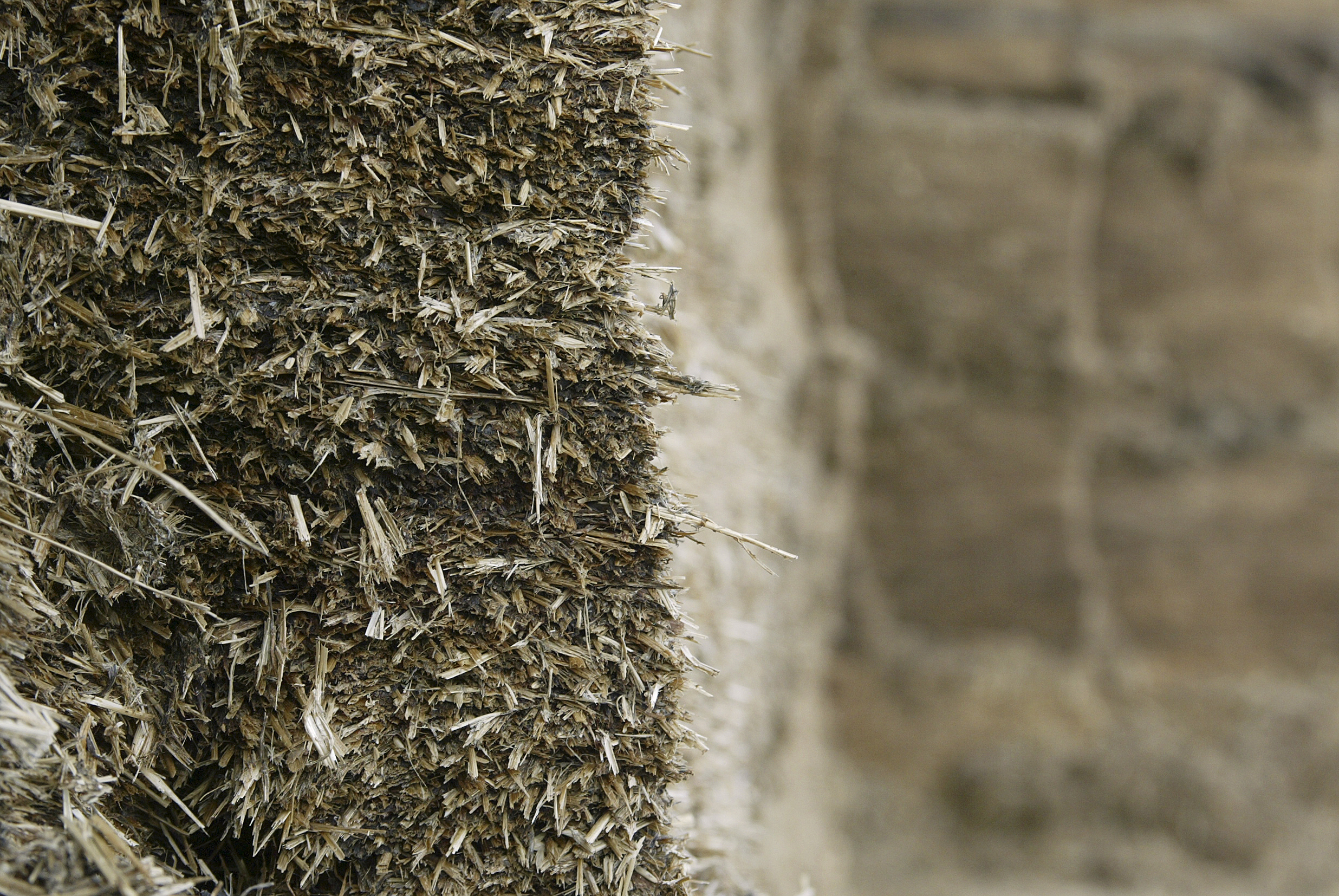United Kingdom
August 20, 2021

After you receive a copy of the analysis report it’s important to take the time to understand the values and how this may affect diet formulations, dry matter intakes and animal performance. The key nutritional parameters to evaluate are:
- Dry matter (%) – a measure of what is ‘not’ water
If silage is too wet (less than 25% DM), it can be difficult for animals to eat enough to meet their needs.
- D-value (%) – a measure of feed digestibility
The higher the D-value the less concentrates will be needed to balance a rotation.
- Metabolisable energy (ME MJ/kg DM) – a measure of the usable energy available to the animal when fed
When buying a supplement, make sure the ME is higher than that of the forage.
- Crude protein (CP) (%) – a measure of the protein content (but not protein quality)
It is important to provide enough protein in supplementary feeds to make up any shortfall in the forage.
- pH – a measure of acidity
Target pH will vary depending on DM% of silage. Generally, less than 3 or higher than 5 suggests poor fermentation
- Ash (%) – a measure of mineral and trace element content
For grass silage a maximum of 8% should be the target. A silage with 10% ash reduces the ME, indicates soil contamination, poor fermentation.
More information on nutritional parameters is available in Making grass silage for better returns and Grass silage analysis factsheet.